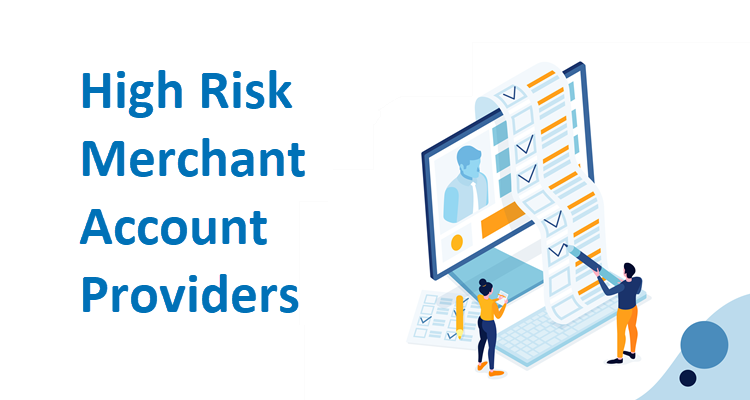A high-risk merchant label can have many implications to your business. Thus, you can notice that either many processors refuse to work with your business or they will charge higher rates or fees to offset the risks involved.
If you are wondering why credit card fees become more expensive, you need to understand what it means to be categorized as a high-risk business in the first place. Basically, a business becomes high-risk on the basis of two conditions.
Thus, it might be operating within a high-risk industry and there is a risk of financial failure. Both can affect the ability of your company to acquire financing, insurance, and merchant accounts.
High fees involved in high-risk merchant accounts
If your business can put banks and payment processors at risk, you should be aware of the costs associated with it. Having a high-risk merchant account should be much higher compared to those operating a regular business.
So, don’t be too surprised if you are charged more than the usual because many of them will do everything to turn your cooperation into profit. Moreover, if something goes wrong on your end, they will have to pay the price for it.
Therefore, the payment processor will be liable for any issues that may happen because of the increased transactional risks involved and not you. This is also the main reason why payment processors turn away high-risk merchants to run their accounts.
Some fees are intended for payment processing, while other fees are associated with high-risk merchant accounts. These are designed to help them balance their risks in accepting payments from your business. The common fees that you are going to encounter are the following.
- Setup fees – These are common for many merchant accounts, either high- or low-risk.
- Capture fees – A lot of high-risk merchant service providers limit the number of transactions to be processed in a month. Added fees are included per sale after exceeding the limit.
- Processing fees – Higher processing fees are quite common for high-risk accounts but it is also common for both low- and high-risk merchant accounts.
- Penalties – High-risk merchants face penalties for additional fees, disputed transactions, or penalties for non-compliance.
How to deal with high-risk merchant account fees
In order not to end up overpaying for processing fees, it is crucial to find a provider that can offer pricing models that best match the specific needs of your business.
Note that the fees of high-risk merchant accounts will depend on your payment processor. In fact, fees can vary per provider because they may calculate service costs differently. High risk merchant account holder will usually always pay more.
As a high-risk merchant, it is understandably difficult to obtain a fair payment processing account. Lots of high-risk businesses get declined merchant accounts from some payment processors.
But when they get accepted, much higher rates are charged from them than other businesses. Remember that payment processors will not accept you if you pose a threat of losing them money.
So, the next time you consider taking high-risk credit card processing, it is actually so expensive because rates will surely be higher with tack on excessive fees.

